AO Edited
Yamanoue Stele and Tumulus
The oldest surviving stele in Japan is a personal dedication from a monk to his late mother.
There are only 18 examples of ancient stelae surviving from Japan’s classical antiquity, which roughly corresponds to the Early Middle Ages of the West. Located in the city of Takasaki, the Three Stelae of Kōzuke are the oldest of Japan’s stone inscriptions.
The Yamanoue Stele, the oldest of the three, has stood on a lonely hill since 681, from the Asuka period. It bears the oldest known example of an inscription written in Chinese characters and Japanese grammar. The andesite boulder is hardly worked, similar to the stelae of the Silla kingdom of Korea, and the calligraphic style seems to be a variation of the clerical script.
The inscription is as follows: “I inscribe this on the third day of the tenth moon, in the Year of the Snake and Pig. Kurome-no-toji, granddaughter of Takemori-no-mikoto, who governed the Sano-Miyake domain; this is a dedication from Chōri-no-hōshi to his mother, who bore him after marrying Ōgo-no-omi, son of Niikawa-no-omi son of Tatami-no-sukune. A monk of Hōkō-ji.”
Simply put, the stele was erected by the monk Chōri-no-hōshi in memorial of his late mother, Kurome-no-toji, perhaps after burying her in the adjacent tomb.
Now known as the Yamanoue tumulus, this well-preserved burial mound was originally built in the mid-6th century to entomb some local prince. It was, however, not an uncommon practice to drag the buried lords out of their resting places to make room for another person; it has been theorized that that’s what happened with the burial of Kurome-no-toji.
The tumulus is also a rare example of kofun, the ancient Japanese burial mound, as it is clear who is entombed and when it took place; most other sites do not provide such information. Together, the stele and the tumulus make for a fascinating trip of archaeological interest in an otherwise sleepy countryside.
Know Before You Go
The nearest station is Yamana, an easy detour if you’re visiting the Tomioka Silk Mill from Takasaki Station. There’s also a free minibus service almost hourly from 9 AM to 5 PM, connecting each of the Three Stelae of Kōzuke.
As the site is located in a mountainous area, you’ll have to walk a mile and climb a steep set of steps. Visitors may enter the chamber tomb but note that it may be infested with camel crickets during summer; also beware of wasps and wild boars!

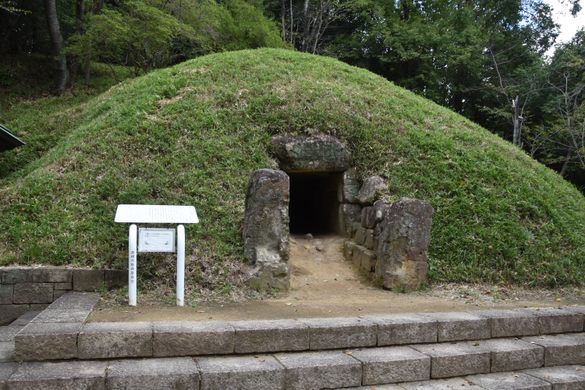
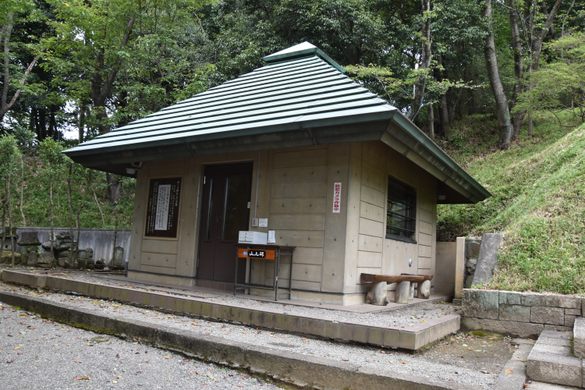

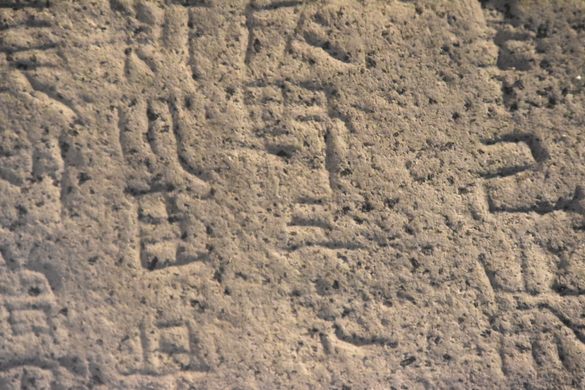
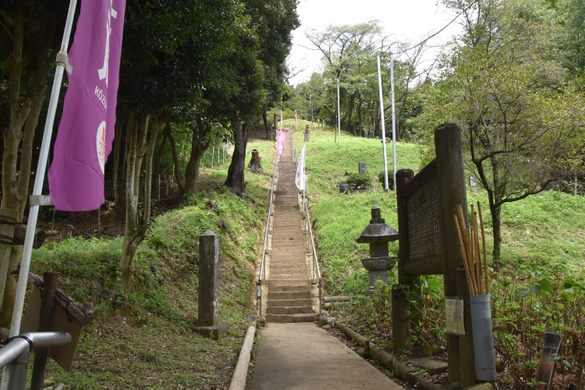
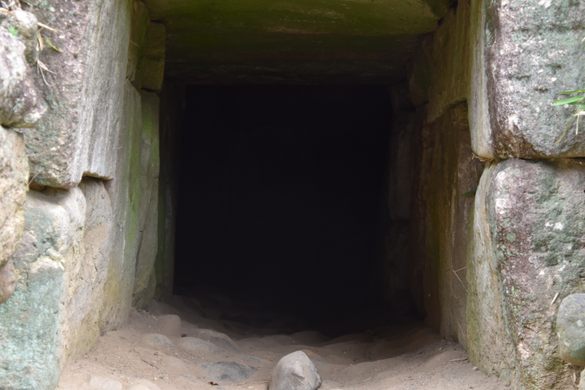
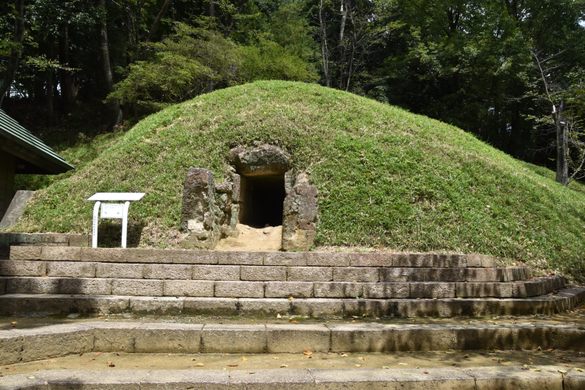
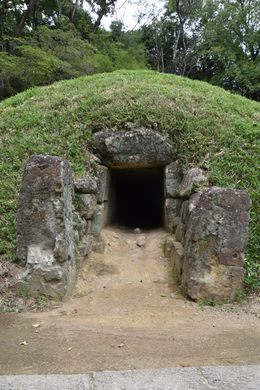
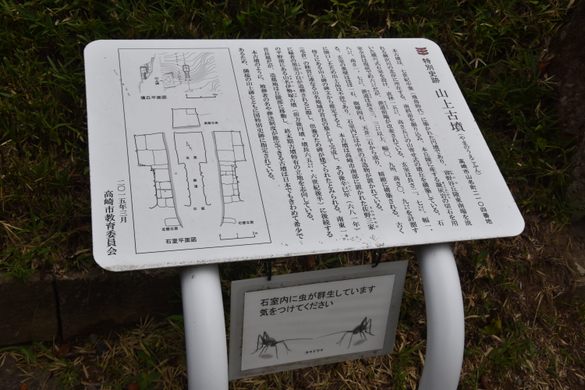



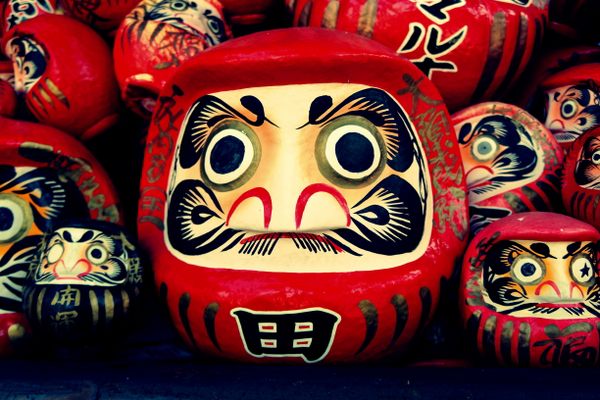


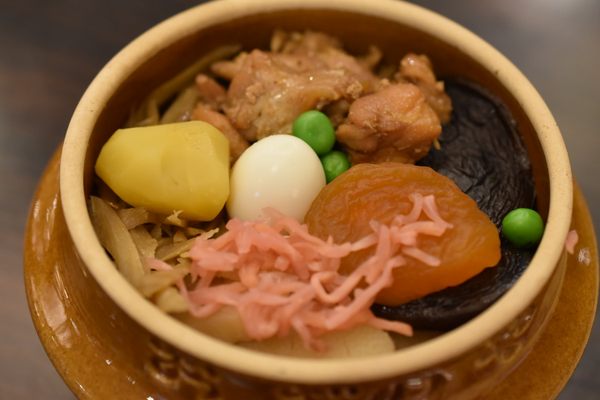
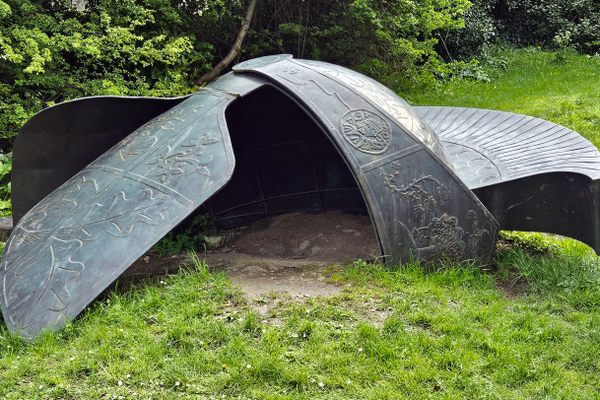
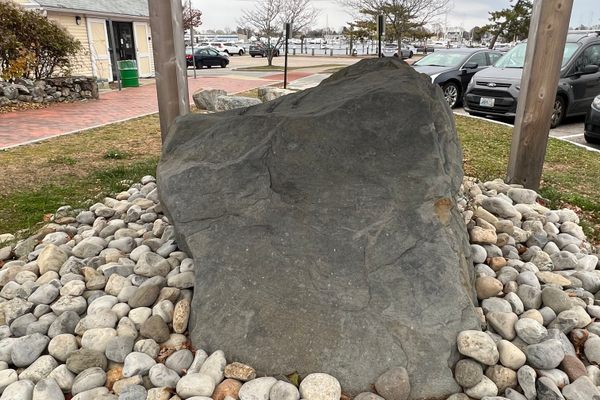

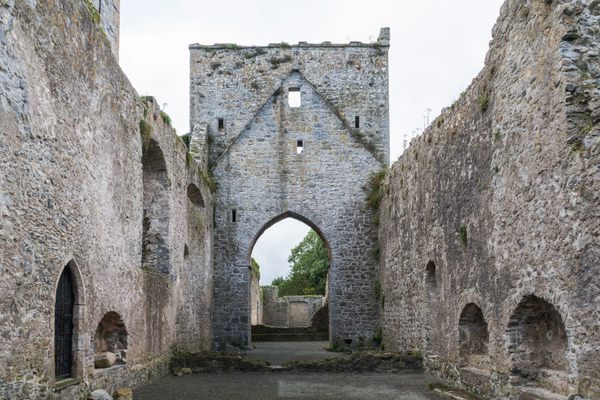

Follow us on Twitter to get the latest on the world's hidden wonders.
Like us on Facebook to get the latest on the world's hidden wonders.
Follow us on Twitter Like us on Facebook